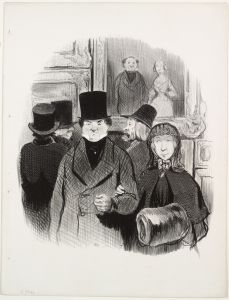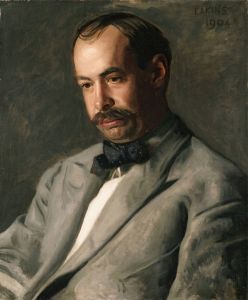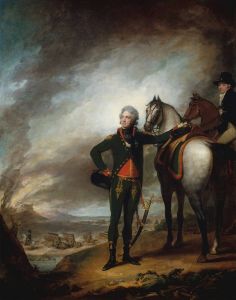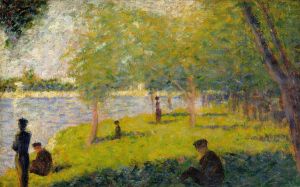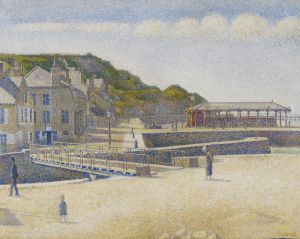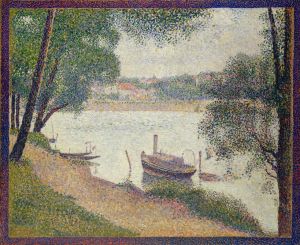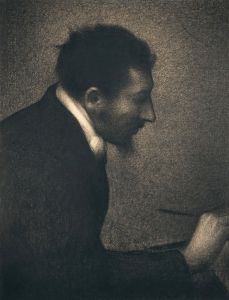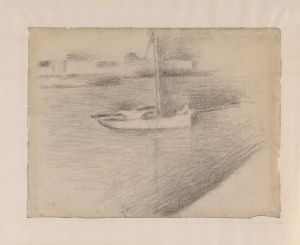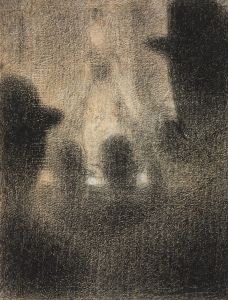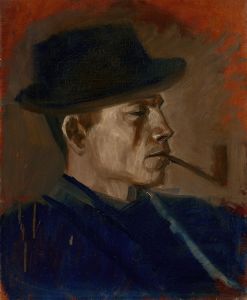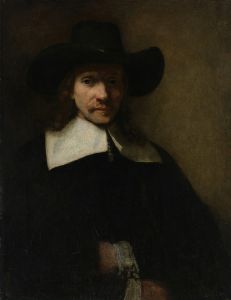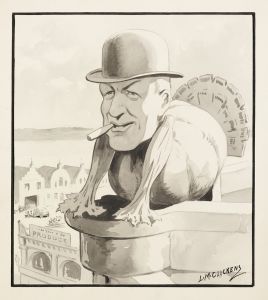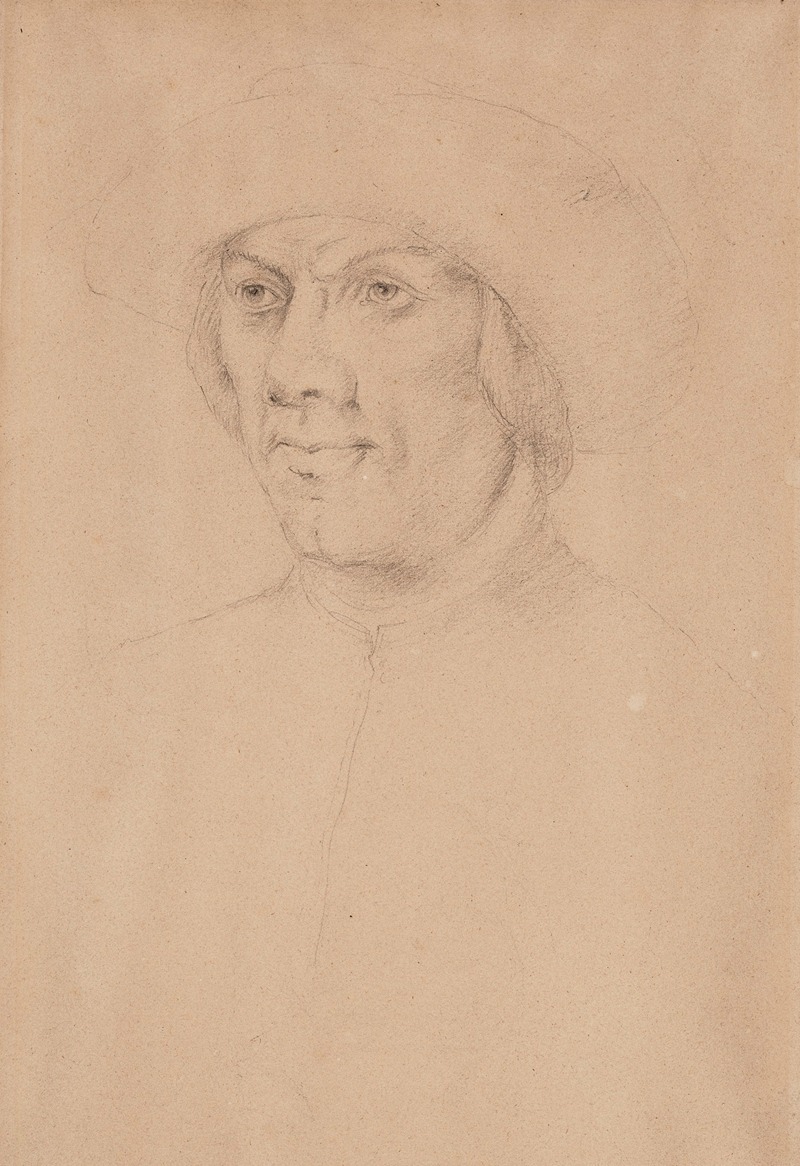
Portrait d’homme, d’après Holbein
A hand-painted replica of Georges Seurat’s masterpiece Portrait d’homme, d’après Holbein, meticulously crafted by professional artists to capture the true essence of the original. Each piece is created with museum-quality canvas and rare mineral pigments, carefully painted by experienced artists with delicate brushstrokes and rich, layered colors to perfectly recreate the texture of the original artwork. Unlike machine-printed reproductions, this hand-painted version brings the painting to life, infused with the artist’s emotions and skill in every stroke. Whether for personal collection or home decoration, it instantly elevates the artistic atmosphere of any space.
Georges Seurat, a French post-Impressionist artist, is renowned for pioneering the technique known as pointillism. Among his diverse body of work is the painting titled "Portrait d’homme, d’après Holbein." This artwork reflects Seurat's interest in the techniques and styles of past masters, particularly Hans Holbein the Younger, a German-Swiss painter known for his detailed and realistic portraits during the Northern Renaissance.
"Portrait d’homme, d’après Holbein" translates to "Portrait of a Man, after Holbein," indicating that Seurat drew inspiration from Holbein's style or specific works. However, the exact Holbein painting that inspired Seurat is not definitively identified in historical records. Seurat's engagement with Holbein's work suggests his admiration for the precision and clarity that characterized Holbein's portraits. This influence is evident in Seurat's meticulous approach to form and his exploration of light and shadow, even as he developed his distinct pointillist technique.
Seurat's painting is a testament to his academic training and his deep respect for the Old Masters. Before developing his signature style, Seurat studied at the École des Beaux-Arts in Paris, where he was exposed to classical techniques and the works of Renaissance artists. This background provided him with a solid foundation in traditional art forms, which he later combined with his innovative methods.
The painting "Portrait d’homme, d’après Holbein" is not as widely discussed or exhibited as some of Seurat's other works, such as "A Sunday Afternoon on the Island of La Grande Jatte." However, it remains an important piece within his oeuvre, illustrating his transitional phase from academic art to the avant-garde. The work showcases Seurat's ability to blend classical influences with modern techniques, a hallmark of his artistic journey.
Seurat's interest in the scientific study of color and perception also plays a role in this painting. While "Portrait d’homme, d’après Holbein" may not fully employ the pointillist technique, it reflects his ongoing exploration of how colors interact and how viewers perceive them. This scientific approach to art was influenced by contemporary theories of color and optics, which Seurat studied extensively.
The painting is part of a broader context of Seurat's work, where he often revisited themes and styles from art history, reinterpreting them through his unique lens. This approach not only paid homage to the masters who came before him but also positioned Seurat as a bridge between traditional and modern art.
In summary, "Portrait d’homme, d’après Holbein" by Georges Seurat is a significant work that highlights the artist's engagement with historical influences and his innovative spirit. It serves as a reflection of his academic background, his respect for the Old Masters, and his pioneering contributions to modern art through the development of pointillism.






